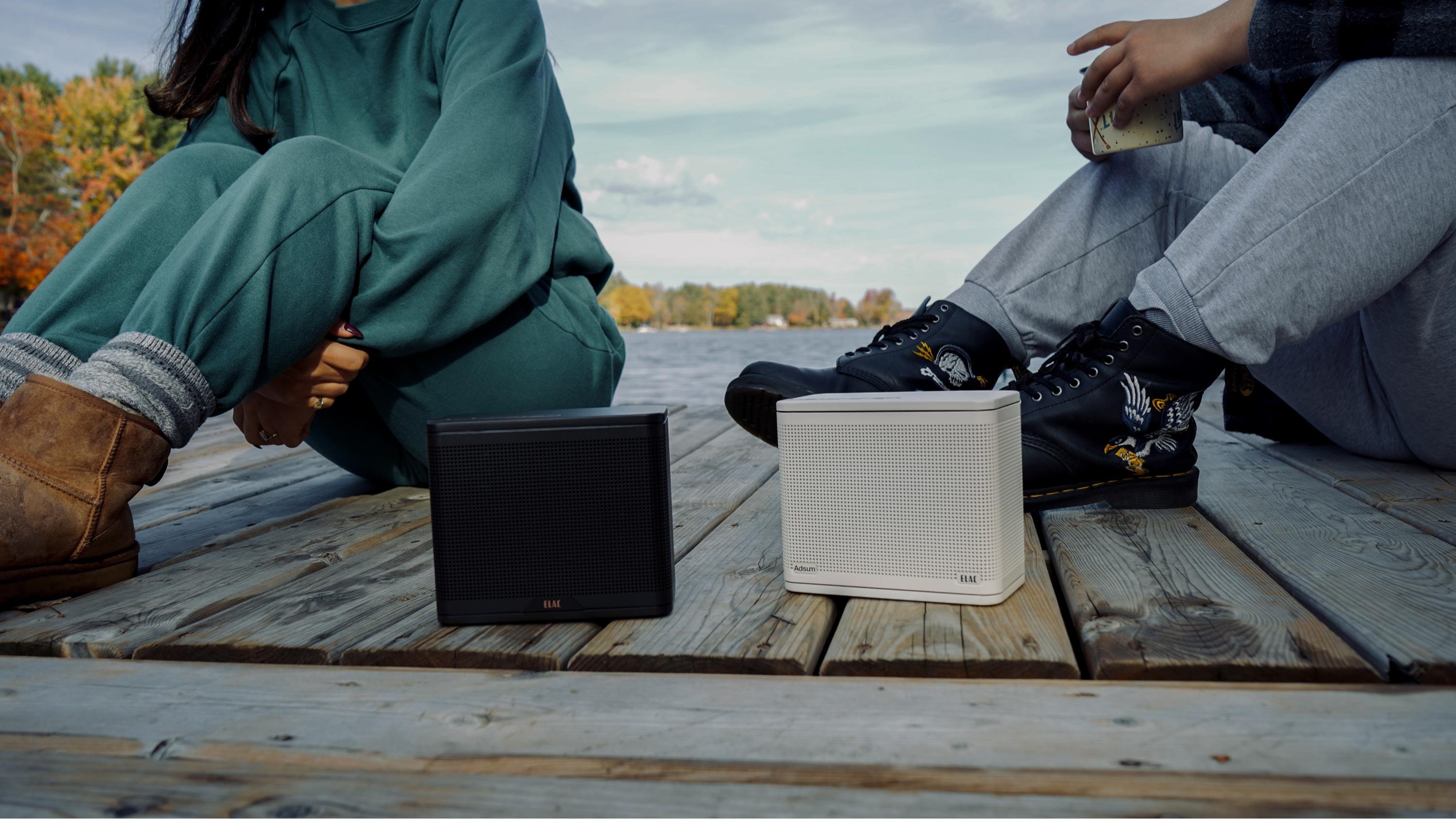What Hi-Fi? Verdict
SME’s Model 6 serves up a full dose of the brand’s sonic DNA at a more approachable price
Pros
- +
Understated, transparent sound
- +
Superb precision and resolution
- +
Excellent build
Cons
- -
Tough competition
Why you can trust What Hi-Fi?
It might seem like an odd thing to say, but we suspect that SME doesn’t view itself as a hi-fi manufacturer. Talk to anyone at the company and it’s clear the brand is more about cutting edge precision engineering than products such as the SME Model 6 turntable.
SME makes world-class turntables and arms, but a huge slice of the business is work done for the medical, military, aerospace and Formula One industries. The single thread tying all these clients together is the need for the highest standards in workmanship, almost regardless of cost. The brand’s reputation is built on excellence and anything less has never been acceptable.
Build
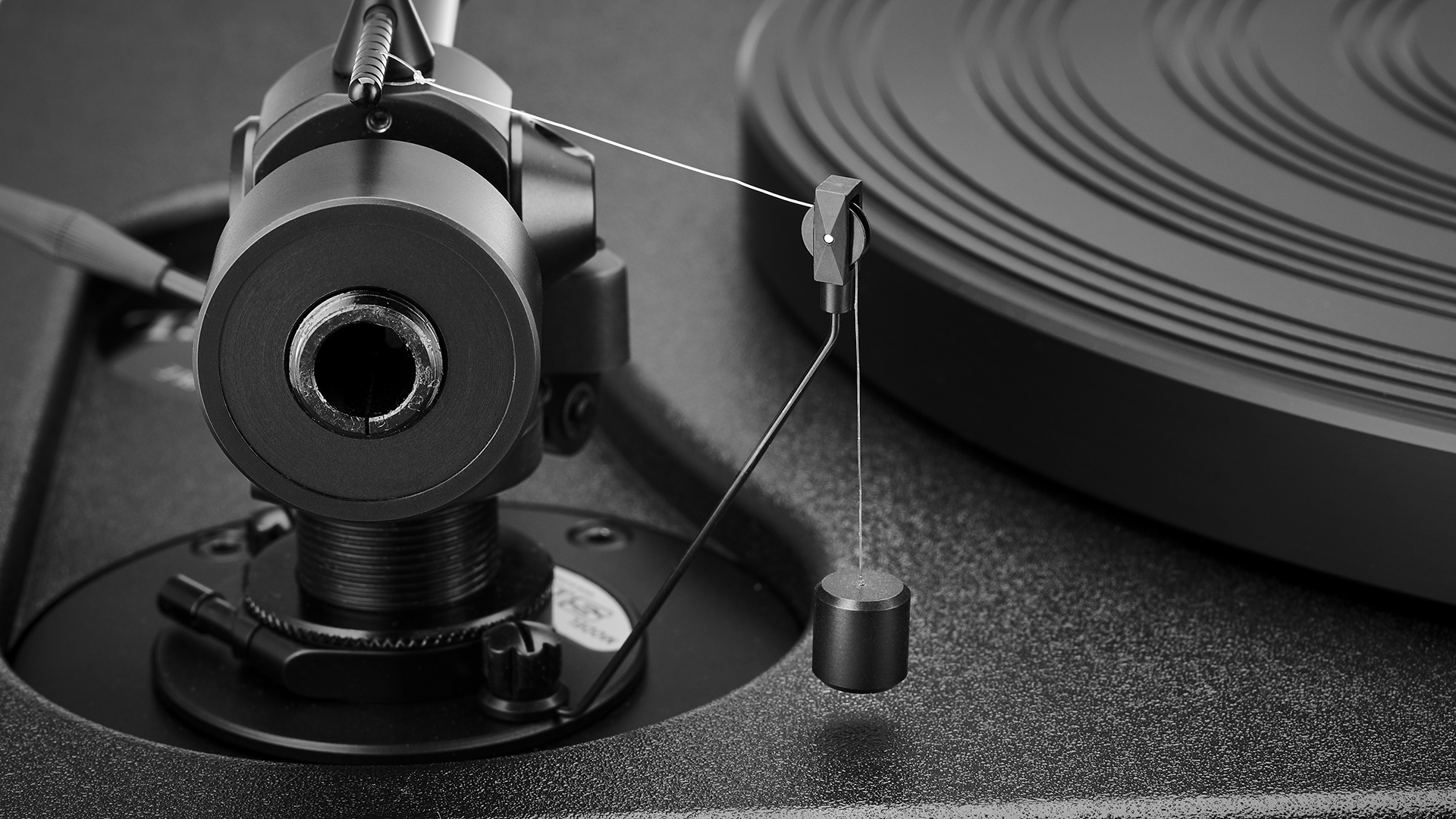
However, that admirable attitude becomes a burden if SME hopes to lower the entry price of its turntables. High-end record players are all about precision manufacturing and, when you’re working to the highest standard, that’s never going to be cheap.
Until the arrival of the Model 6, SME’s most affordable deck was the Model 12A, which currently costs £8550 ($11,900, AU$16,700), including the lovely 309 tonearm. The 12A also forms the basis of the excellent Synergy package, which includes an SME IV tonearm, Ortofon MC Windfield Ti cartridge and Nagra-based phono stage, for £15,950 ($22,995, AU$29,000), that we reviewed around a year ago. It’s a superb way to play records, but no matter how you look at it, that’s a lot of money.
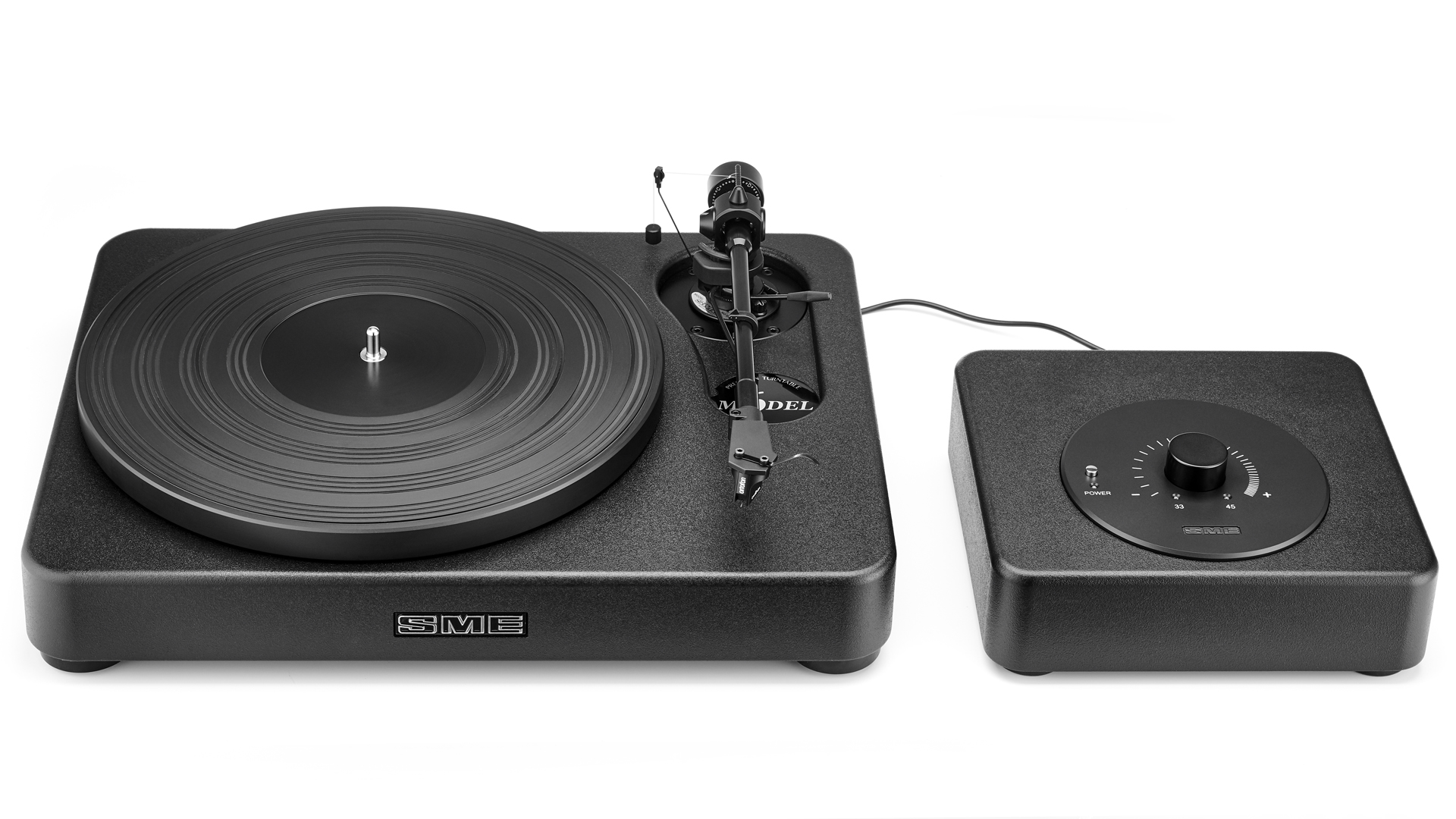
Speeds (rpm) 33.33, 45
Electric speed change Yes
Manual operation Yes
Automatic operation No
Tonearm included Yes
Belt drive Yes
USB port No
Suspension Yes
Finishes 1
Dimensions (hwd) 9 x 42 x 32cm
There are several ways to reduce the manufacturing cost of a record player, including dropping standards and making a similar but downgraded product at a reduced price. Alternatively, the approach that SME has chosen with the Model 6 is to start with a clean sheet but keep the engineering quality as high as ever. In fact, the company claims that the new Model 6 is built to exactly the same impressive engineering standards as any of its pricier decks.
This all-new deck still looks every inch an SME. It is sized to resemble the classic Model 20, but the design shows that the company isn’t afraid to move away from tradition. Until this point, all of its turntables have used thick slabs of heavily machined aluminium for their plinths. While this is a great solution that gives impressive rigidity, it’s also hugely expensive, so the engineers set about finding an alternative.
Their solution is a plinth made of a high-density resin material. This is CNC-machined and is claimed to have excellent rigidity and damping properties combined with high mass – just the attributes SME wanted.
The latest hi-fi, home cinema and tech news, reviews, buying advice and deals, direct to your inbox.
Traditionally, the company’s decks have always used an elegant ‘O’ ring suspended sub-chassis arrangement to isolate the record-playing surface from environmental disturbances. That system isn’t viable at this lower price point, so the main bearing and arm assembly are protected from external energy by a vibration-absorbing silicone-based rubber compound from the aerospace industry. It is used both inside the plinth and on the chassis feet.
If our description of the plinth and isolating materials seem a little vague that’s because SME is pretty tight-lipped about the specifics. It doesn’t want to share the benefits of its research with rivals.
Features
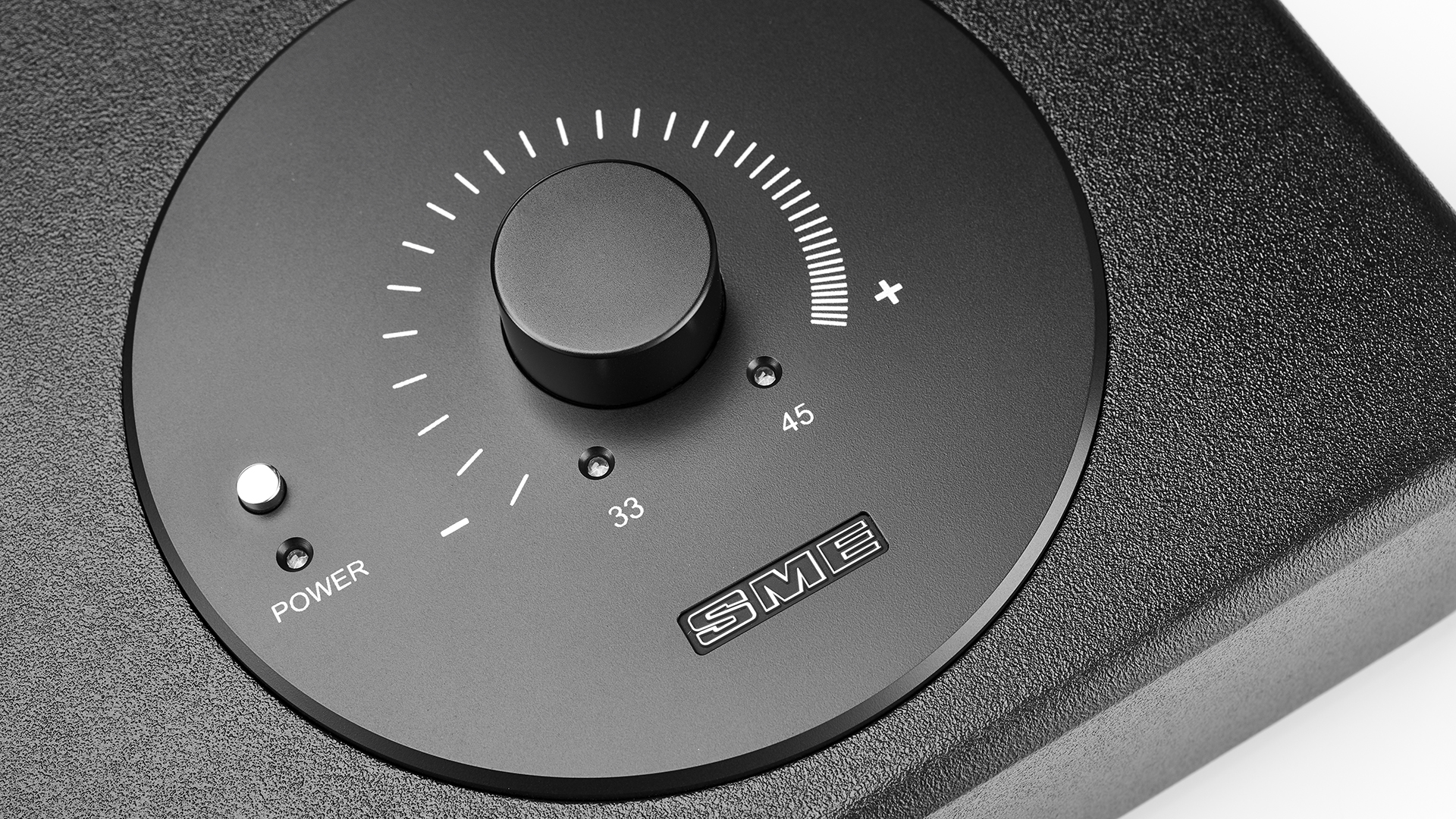
Speed control and the power supply are housed in a single, rather large separate box, also made of the same material as the Model 6’s plinth. This electronic box is more sophisticated than the usual speed controllers we come across, as it allows fine adjustments to the platter’s rotational speed. The company also supplies a printed strobe disc to help the user make the adjustments accurately.
The Model 6 is supplied with SME’s well-known M2-9 tonearm, but here the arm covered in a new black chrome finish to match the deck’s appearance. The M2-9 is beautifully made, easy to adjust and nice to use. We love the smooth feel of its bearings as we move it into place over a record. The arm has a removable headshell, which makes swapping cartridges a breeze and is great news for those who like to chop and change.
While the Model 6 is available for £5995 ($8003, AU$12,600), we’re reviewing it with the optional Crystal Cable package. This high-quality mono-crystal cable is designed specifically for this deck and works well. It would normally retail for over twice the sum charged for the cable pack when bought with the deck.
The Model 6 doesn’t come with a cartridge but our review sample is supplied with an Ortofon Cadenza Black moving coil (£1825, $2729, AU$3959). This is a capable, balanced performer that works well in this context.
Plug and play isn’t a concept normally associated with SME’s turntables, but it could almost apply here. By high-end standards, this deck is a breeze to set up. The arm comes attached, so simply find a level, low resonance platform to put the deck on, fit the belt, acrylic platter and cartridge, and off you go. We’re up and running in around half an hour.
SME likes record clamps and includes a dedicated one here. Some may not like the extra step necessary when using one, but in this context, it works well. The deck’s sound gains substance and dynamic punch when the clamp is used.
Every turntable by its very nature is sensitive to external vibrations. That’s why the support is so important, and it’s also why we suggest placing the deck well away from the speakers. These things still hold true here, but just like the Synergy, the Model 6 proves surprisingly resistant to disturbances. It looks like that aerospace isolation material is effective.
A deck at this level needs a top-class system to shine. We use Luxman’s EQ-500 phono stage into our reference Burmester 088/911 Mk 3 pre/power feeding ATC’s SCM50 speakers. We also give McIntosh’s MA9000 integrated amplifier a try. Either way, we end up with a capable system that gives the deck a chance to shine, and shine it does.
Sound
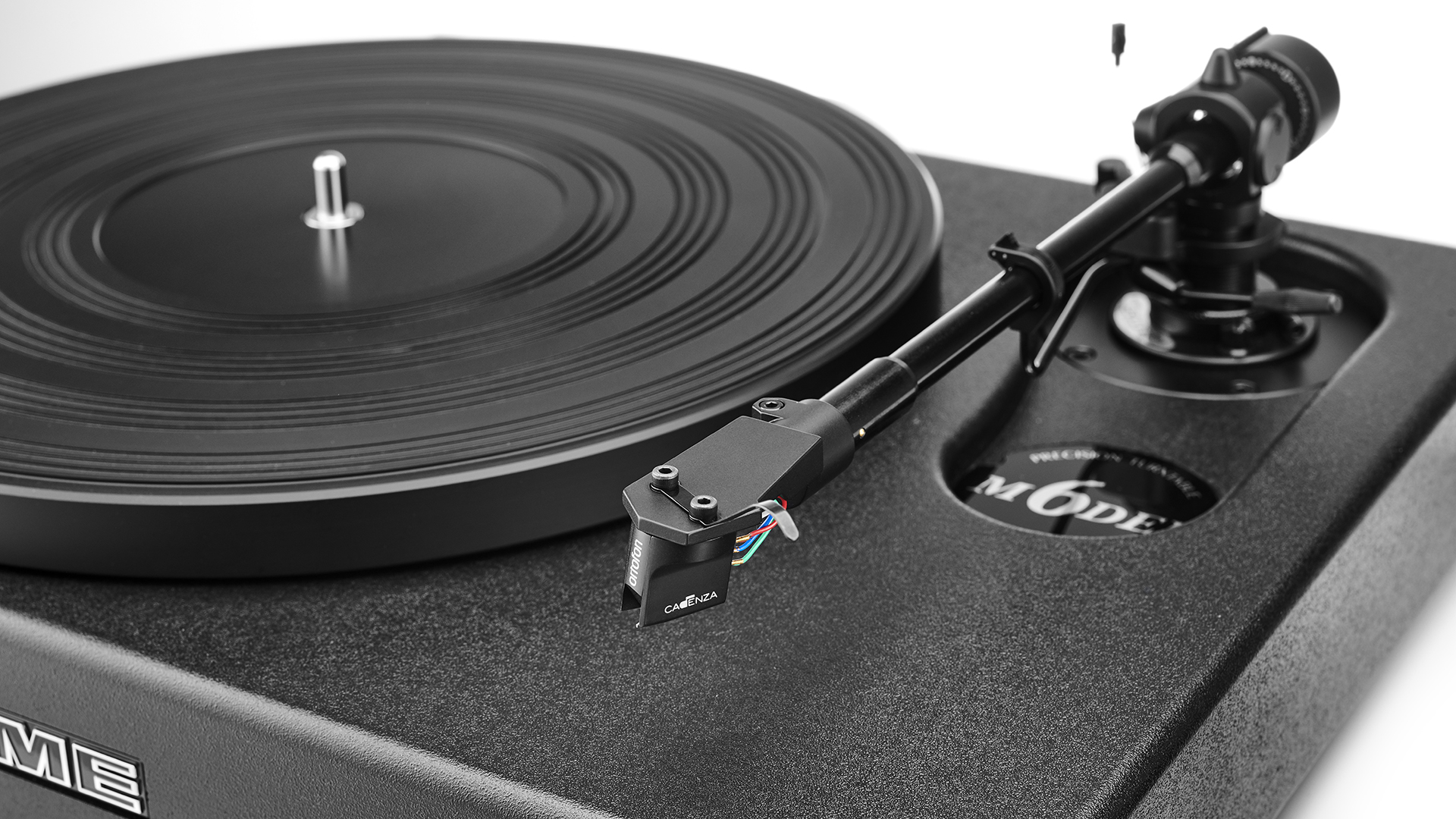
Despite the differences in design and material technology, the Model 6 sounds every inch an SME record player. Its sound has the unerring composure we’ve noticed in the company’s other decks, that ability to resolve lots of detail and present it in an impeccably organised way.
Give this player something demanding such as Beethoven’s Fifth Symphony and it delivers an authoritative performance brimming with control and insight. It is easy to track individual instrumental strands due to the deck’s highly regimented approach to replay and its refusal to blur low-level information. The music’s fierce dynamic shifts are handled with calm and rendered with confidence.
The Model 6 produces a tidy, well-proportioned sound that lacks the outright authority of its pricier siblings, but still does well for the price. Its stereo imaging is nicely layered and focused, making it easy to pinpoint the position of instruments and sounds. Stability, in terms of both speed and sound staging, is excellent. This is a surefooted deck.
The cartridge is mostly responsible for the tonality of a record player, and the Ortofon Cadenza Black proves convincing. It has a clean and even-handed nature that suits the SME well. That said, there’s no shortage of good alternatives at this level, so it pays to have a look around.
We switch to Catch A Fire by Bob Marley and the Wailers and the SME Model 6 proves suitably capable. It doesn’t have the exuberance of the hugely talented and cheaper Vertere DG-1 or quite the musical fluidity of Rega’s excellent Planar 10, but the 6 offers an attractive blend of precision, stability and composure that many will like.
There’s plenty of agility here and an appealingly understated manner. This isn’t a deck that stomps its character all over the music. This SME, like others we’ve heard, prefers to put the recording in the spotlight. It’s this transparency that pushes the Model 6 into the class-leading group at this level.
We love its taut, wonderfully precise bass performance and the way it sounds so consistent throughout the whole frequency range. Voices come through with impressive clarity, letting Marley’s distinctive and heartfelt vocals stir the soul.
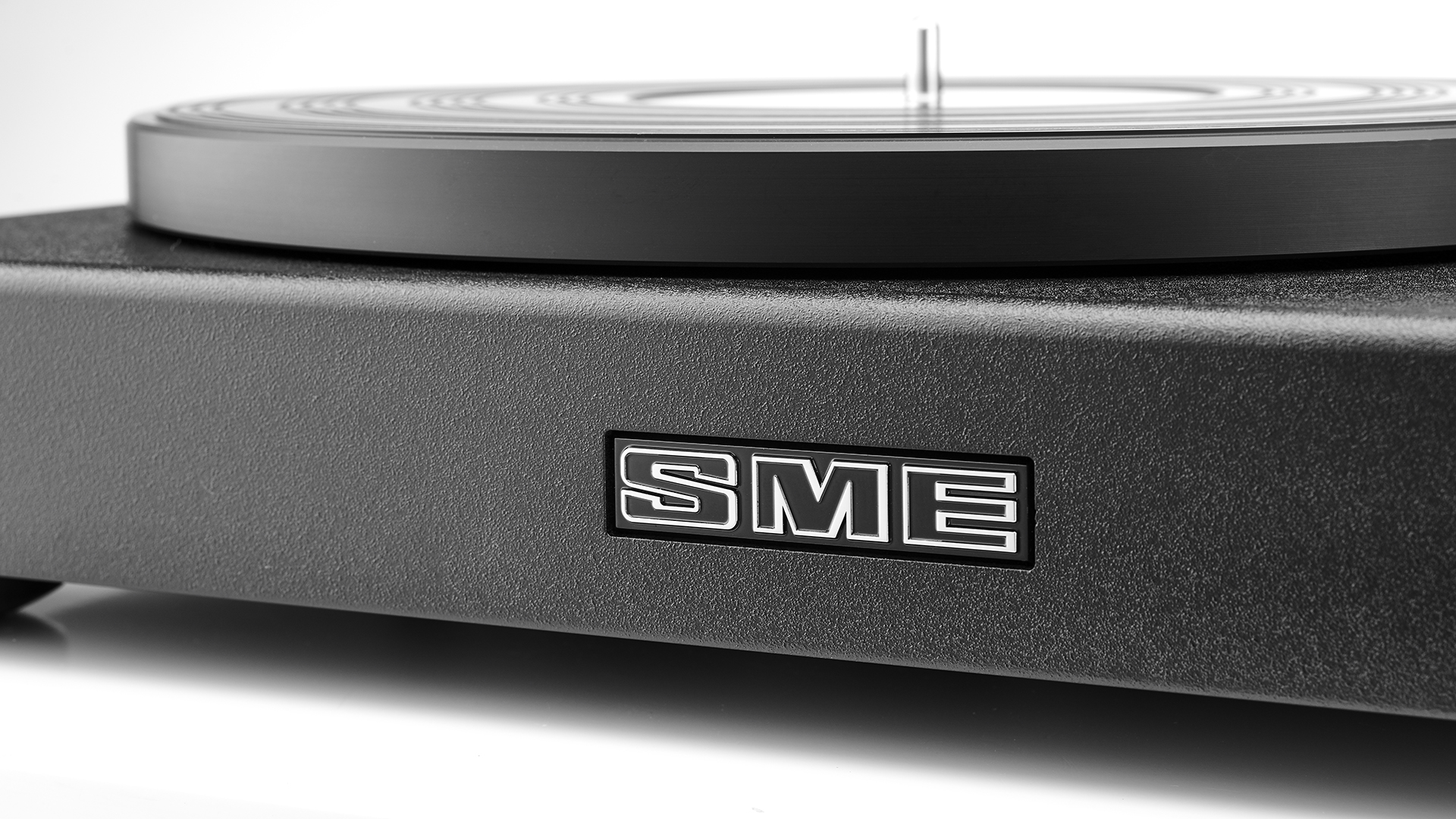
We wonder how this well-mannered deck is able to cope with something brasher and more aggressive, so we switch to Nirvana’s Nevermind. It turns out that we needn’t have worried. Despite its controlled and composed character, this deck is more than happy to rock out. Come As You Are charges along at full throttle – there’s plenty of attack here, combined with speed and drive.
While the Model 6 is happy to lay each instrumental strand out for inspection, it doesn’t tear the music apart. We hear an insightful but measured sound that retains the passion and enthusiasm of the music.
Verdict
It would have been easy for SME to make a compromised facsimile of a current product in a bid to achieve a lower price point. Thanks to the brand’s reputation, we suspect it would have still sold well.
But we’re pleased to report that the company hasn’t done that here. Through the use of clever engineering, careful development and innovative materials it has produced a superbly-made and thoroughly capable record player that truly lives up to the brand’s heritage.
If you’ve always wanted one of the company’s turntables but could never quite stretch to buying one, go for this. In all the important ways, you won’t be missing out.
SCORES
- Sound 5
- Features 5
- Build 5
MORE:
Read our SME Synergy review
Read our Vertere DG-1 Dynamic Groove review
Read our Rega Planar 10 review
What Hi-Fi?, founded in 1976, is the world's leading independent guide to buying and owning hi-fi and home entertainment products. Our comprehensive tests help you buy the very best for your money, with our advice sections giving you step-by-step information on how to get even more from your music and movies. Everything is tested by our dedicated team of in-house reviewers in our custom-built test rooms in London, Reading and Bath. Our coveted five-star rating and Awards are recognised all over the world as the ultimate seal of approval, so you can buy with absolute confidence.

